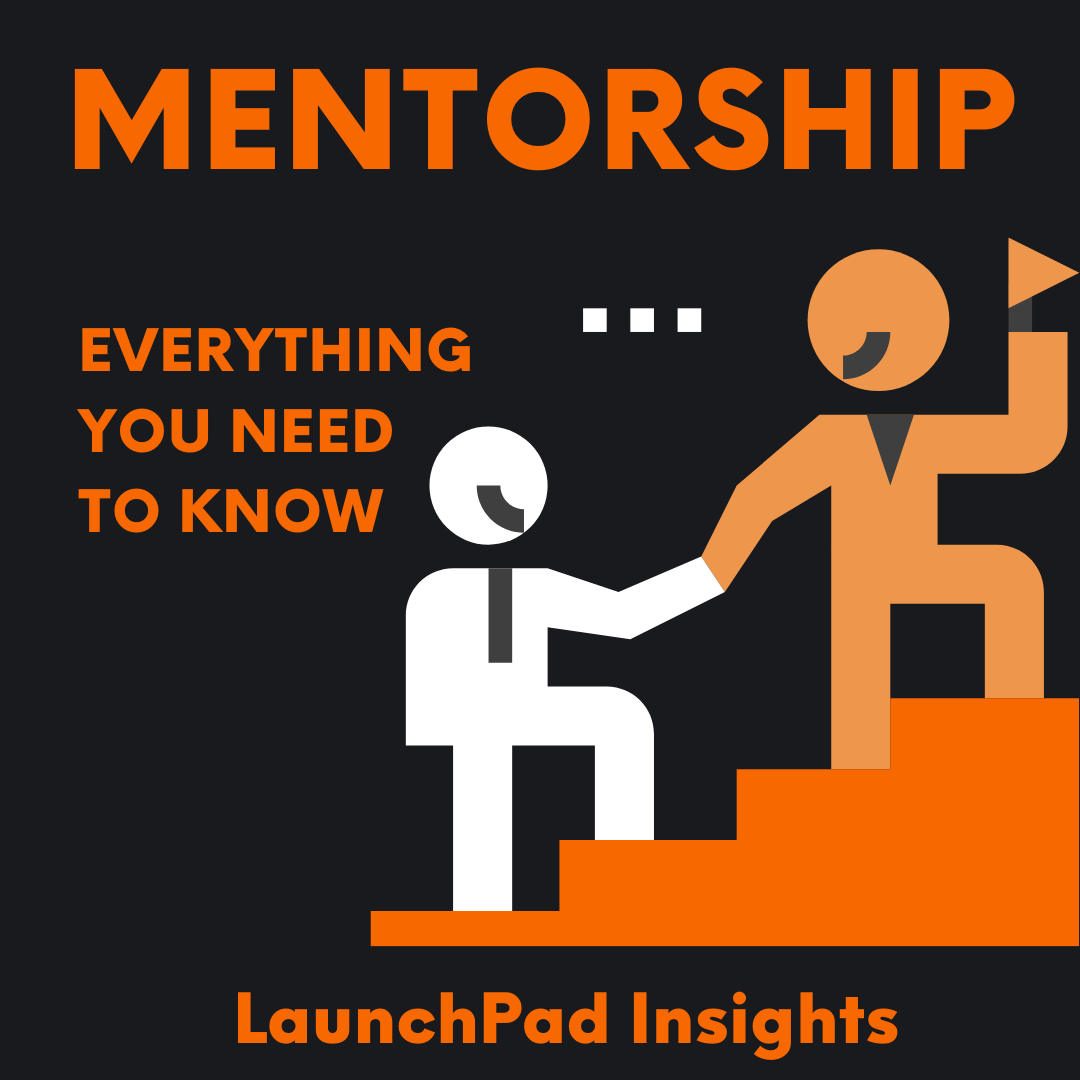
Gone are the days of a business ledger. Gone are the days of solely managing a business with a series of notebooks, receipts, accounts, and files.
In today’s digital world, where every task is accomplished by a software, gone are the days where business owners are in charge of managing operations.
Businesses today rely on software to streamline business procedure, analyze data, and market their product.
As entrepreneurs, learning these software can be crucial to creating well-oiled company operations. Here are some software tools to help build and run a startup.
Salesforce
A cloud-computing software, Salesforce is designed to provide customer relationship management, marketing automation, data analytics, and application development.
In recent years the company has become #1 for customer success and is designed to help meet customer needs and improve the relationship between customer and company and is currently used by billion-dollar corporations such as Amazon and Adidas.
Companies that use the software can expect to see an average increase of 27% increase in sales revenues and 34% in customer satisfaction.
How does the software actually work? As a cloud-computing software, Salesforce has multiple ‘clouds’ to provide your company with various services. These cloud platforms include a marketing cloud, app cloud, service cloud, analytics cloud, sales cloud and IoT cloud among many more.
Its usage doesn’t simply stop at Salesforce platforms, as the software can be integrated into third-party applications and has thousands of apps available for every business need you could think of on their AppExchange marketplace.
As an entirely unique software, Salesforce does require basic education for utilization and offers tutorials online, but learning Salesforce allows you to build your own applications on top of their software.
Tableau
We live in an information age. Knowing how to effectively analyze and interpret data is key to any job, but particularly important for successfully running a business.
Tableau is a data analytics platform that creates appealing and easy to read visuals of complex data. Their graphics are no Excel bar graphs or pie charts, either. Creating stunning visualizations of data with multiple different variables and analysis, with Tableau you can create interactive data that even uses artificial intelligence for natural language processing of questions.
Tableau is an essential software for entrepreneurs to summarize their data in presentations for investors, and create models for themselves to improve sales, marketing, and strategy.
Alteryx
While every business professional may know how to create a simple bar chart or cross-analysis through spreadsheet software such as Excel, complex data analytics is generally reserved for information technology or analytics professionals.
With Alteryx, no more. Their system of platforms and apps makes advanced data analytics possible for any individual.
Just a few of the many data analytics features include geospatial analytics, for tasks such as routing and logistical efficiency, prescriptive analytics, to evaluate the most optimal outcomes; and data blending, to blend together data gathered from different resources for analytics or app creation.
Alteryx also uses artificial intelligence machine learning to validate business models and predict outcomes.
With Alteryx at your fingers, evaluate every business decision and predict every market outcome.
Application Programming Interface (API)
An Application Programming Interface, commonly known as an API, is an interface that allows interactions between different software. For innovators creating their own application or software, APIs eliminate coding from scratch and can allow you to pull any feature you need from an API found on any quick Internet search.
Google APIs, available for public use, contain APIs for building features from chatbots to machine learning implementations.
But Google APIs are only the beginning- a simple search for an API online will return a plethora of results, from APIs for recipe gathering to finding key images in videos. Any feature or software to task you want- search for an API.
The software shared here only touches the surface of the various applications available to automate business creating and operating. Entrepreneurship may start with the idea of a single person or small team, but successful entrepreneurship is built upon the use of developments from thousands of other innovators.
Your business growth and management does not have to be self-run but perfected by developed applications.
By LaunchPad Global Fellow Claire Howard ’23; graphic by Sasha Termerte














